Farming Using Drip Irrigation in Kenya
Plants require water to grow, produce, and survive. One of the methods of getting water to your plants is through drip irrigation. Also known as trickle irrigation, drip irrigation is a method of getting water to plants through a series of thin PVC pipes and emitters.
As the name suggests, the water is released slowly in “drips” or “trickles”. This is done through emitters, usually placed close to where the plant roots are.
Drip irrigation helps the farmer or gardener with the opportunity to conserve water and cut on labour that might be required when doing manual irrigation.
In this article, we will take an in-depth look at how drip irrigation works.
How drip irrigation works
Drip irrigation works by getting water into the root zone of the plant, where emitters are placed to trickle water. Drip irrigation can work in any field where farming is possible including slopes.
The water comes from the source to the plant, usually raised tanks through main pipes, sub-main pipes, and lateral pipes where emitters are attached to drip water at the root zone. In between the pipes, there are other components such as valves, backflow preventers, pressure regulators, filters, and tubing adapters.
Components of a drip irrigation system
Pipes – These are used to guide water to the drip pipes. They are either made of polyethylene or rigid PVC. They are used for the main and sub-main channels of the drip irrigation system.
Micro Tubes – These are the thin pipes often referred to 1.4 inch, spaghetti, or drips that take water from the main and lateral pipes to the emitters or from the emitters to the plants.
Emitters – Emitters connect the microtubes that serve the purpose of delivering water at a consistent slow rate. The standard rate of delivery, known as the flow rate is measured in gallon per hour or litres per hour and is usually 2 liters/hour (0.5 gallons per hour), 4 liters/hour (1 gallon per hour), 8 liters/hour (2 gallons per hour).
Filter – Filters keep dirt from blocking the emitters/microtubes by filtering out any debris in the water. They are required in all drip irrigation systems and are usually connected close to the water source before it gets to the pipes.
Valves – These are manual or automatic devices that control the flow of water in the drip system. They can be turned on or off to control the time water flows through the system.
Drip Controller (Timer) – The drip controllers in a drip irrigation control when water is released by managing the time automatic valves open and close. This can be set for particular days and times. Drip times are not compulsory in all drip irrigation system setups.
Backflow Preventers – Backflow preventers control water from flowing back towards the source.
Flush Caps (Valves) – Flush caps are placed at the end of the drip irrigation system. They make it possible to flush out any dirt from the pipes.
Pressure Regulators – Pressure regulators are used for controlling the pressure from the water source to the irrigation system. Since the source might have higher pressure than required for the dript drip, drip irrigation pressure regulators are used to make sure the pressure is 20 PSI or under.
Types of Drip Irrigation Systems
Drip irrigation systems are categorized into different types. These are based on how they deliver the water to the plants. These different types of irrigation systems are watermatic drip systems, emitter drip systems, porous soaker hose system, and micro misting sprinkler
Porous Soaker Hose System
The porous soaker hose is a rubber pipe made from recycled rubber from used tires. It has a small diameter and tiny microscopic holes that oozes water when pressured water passes through the pipe.
It is ideal in raised planter containers, narrow beds, and trees. It can be placed in a circle around the base of the tree so that it irrigates the tree’s root zone. Placing the soaker hose along narrow gardens is an excellent way of getting water to the root zones of the plants. The porous soaker hose can be connected to drip pipes or drip tubings. It serves as an alternative to emitters in a drip system and is easy to install.
Emitter Drip System
The emitter drip system uses a series of drips connected to the drip tubes to get water to the root zones of the plants. Emitter drip systems can be installed above or below the ground.
Watermatic Drip System
In the watermatic drip irrigation, micro-spray heads are used instead of emitters. They spray water on the root zones. The advantage of the watermatic system is it can use greywater ( water from baths, sinks, washing machines, and other kitchen appliances). This system is ideal for garden trees and shrubs.
Micro Misting Sprinkler Drip Irrigation
The micro misting sprinkler drip system is a system that sprays water mists on the roots of plants. It is ideal for shallow rooted plants and has been widely used in orchards and vineyards. It uses small sized sprinklers in place of classic emitters to spray the fine mist on the root are of plants.
Installing drip irrigation systems
While installing commercial large scale drip irrigation systems requires expertise, it is possible to design and install your own drip irrigation system.
When you embark on installing your own drip irrigation system, make sure you spend time planning so as to make sure your drip system meets your requirements and can grow as your garden or field expands and your plants grow. Below are some of the factors to consider when designing a drip irrigation system:-
- Pipe length, size, and elevation – The pipe length, size, and elevation changes will determine the requirements for your drip irrigation system as they affect the pressure required and flow rate.
- Water requirements for the plants – Plants with the same water requirements should be placed on a connection with the same valve so as to meet their requirements. When planning your garden or field, it is advisable to plant these plants with similar requirements in a way that they will be served by a connection with a valve that releases enough water for them.
- Growth and expansion – plants grow. It is advisable to design the system in a way that it will meet the future requirements of the plant. As the plant grows, so does the root zone of the plant. This means you might have to add more emitters and tubes into the system. The initial design should put this into consideration.
Make sure you document your system by drawing it. Update the designs every time you make additional changes to the drip system.
Advantages of drip irrigation
- Efficient water management – Drip irrigation drips water in the area surrounding the roots. This makes sure that water gets to where it is intended. This way water is not spent on areas where plants are not growing as with other irrigation methods that irrigate the whole piece of land, for example, flood irrigation and sprinkler irrigation.
- No soil erosion or nutrient loss – Irrigation methods where waterfalls on the ground with force and water runs on the surface, washing away the soil. They also lead to nutrient leaching. Drip irrigation leads to a situation where water does not carry soil and nutrients are not washed away from the roots of the plant, leaving the plant roots to absorb all the nutrients they need.
- Minimals Spread of waterborne disease – Drip irrigation minimizes the spread of diseases that might be spread by splashing water from the plant to plant or from the soil to the plant.
- Makes Fertigation possible – Fertigation is whereby soluble fertilizers are introduced into the irrigation system to be delivered to the plants via water. Drip irrigation allows for fertigation to be done efficiently without waste.
- Makes chemigation possible – Chemigation, just like fertigation is the injection of chemicals meant for prevention and treatments of diseases and amendments of the soil through the irrigation system. Chemigation can be done efficiently via the drip irrigation system
- Reduced cost of labour – Some irrigation systems require labour such as manual watering, moving sprinklers, and moving pipes or pumps so as to ensure the whole field is watered. Once the drip irrigation is properly set up, you will not need to do much when it comes to irrigation other than inspecting to make sure the pipes are not blocked. Inspection can be automated, where sensors can be placed in the field to detect if the soil gets dry.
- Reduced energy costs – Drip irrigation operates under low pressure, hence does not require pumps to push the water through the system. Drip irrigation can operate purely on gravity. This means reduced energy costs.
Disadvantages of drip irrigation
- Costly to set up – The cost of installing a drip irrigation system can be costly when compared to other crops. This is why it is usually done where high-value crops are being farmed, in order to recoup the investment associated with drip irrigation systems.
- Takes time to set up – Drip irrigation systems take more time to set up as compared to other systems. This is why proper planning and design should be done first in order to give enough time for setting up the drip irrigation system before crop planting dates.
- Pipes clog – Sometimes drip pipes clog due to sediments in the irrigation water. This can be avoided by using filters place after the water source/store in order to filter out any substances that might block the thin drip pipes.
- Pipes deteriorate when exposed to direct sun – Since drip pipes are made of plastic, direct sun and heat can affect their quality, causing them to crack. This will lead to water dripping away from the intended areas and not reaching the plants at all. This can be mitigated by making sure the drip pipes are not exposed to the sun. One method of doing this is covering them with mulch.
We will be updating this article to include a practical guide on installing a drip irrigation system.
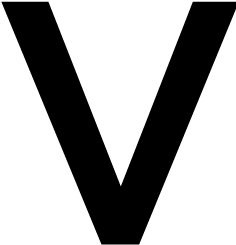
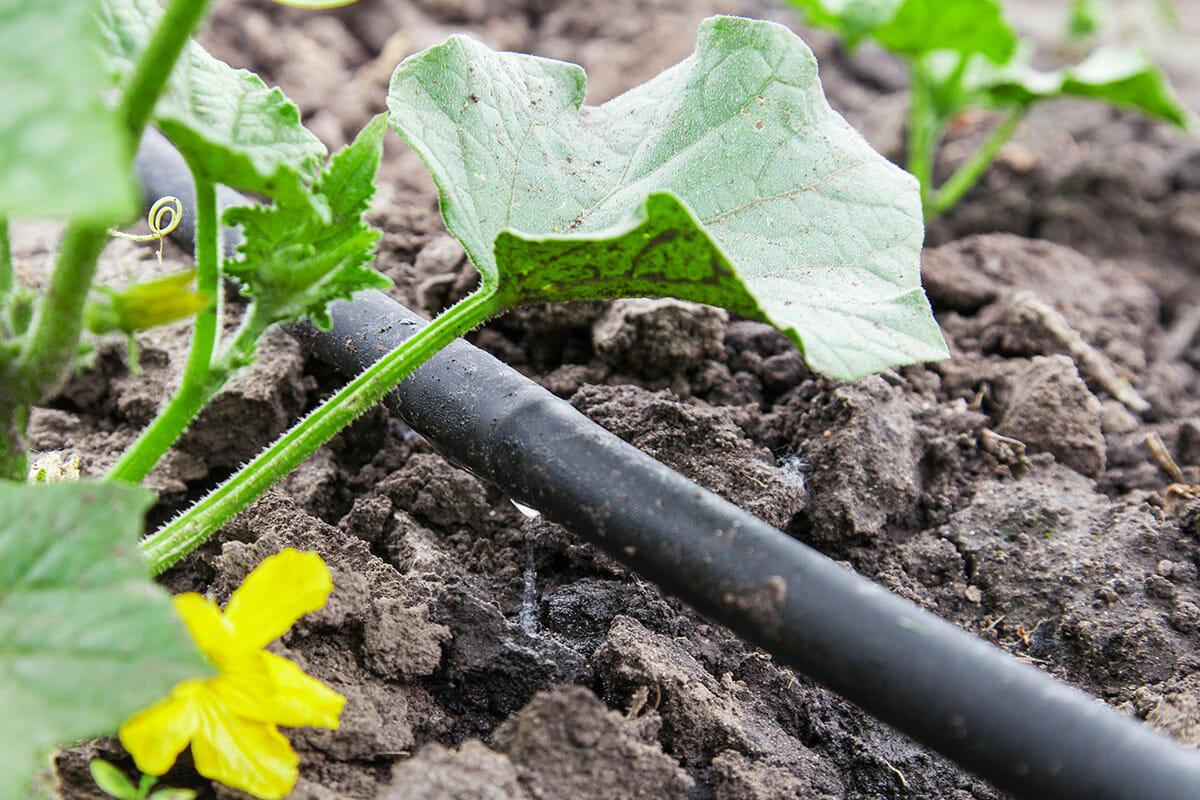
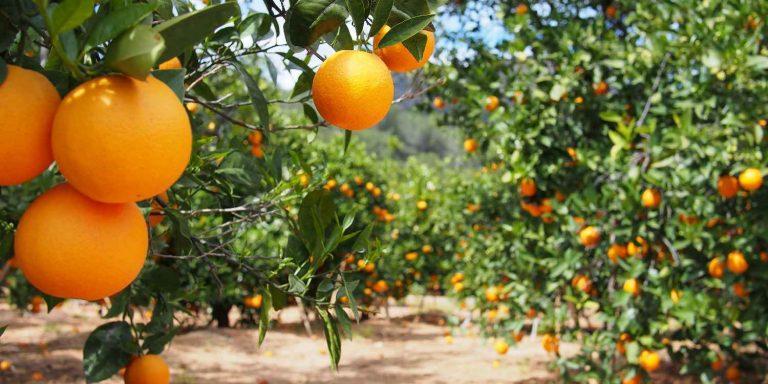
![Vaccination schedule for Kienyeji chicken for 2025 [Download]](https://value.co.ke/wp-content/uploads/2018/10/kienyeji_chicken-768x536.jpg)
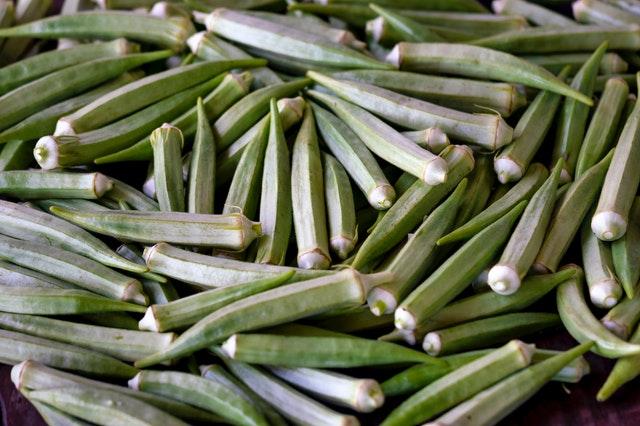
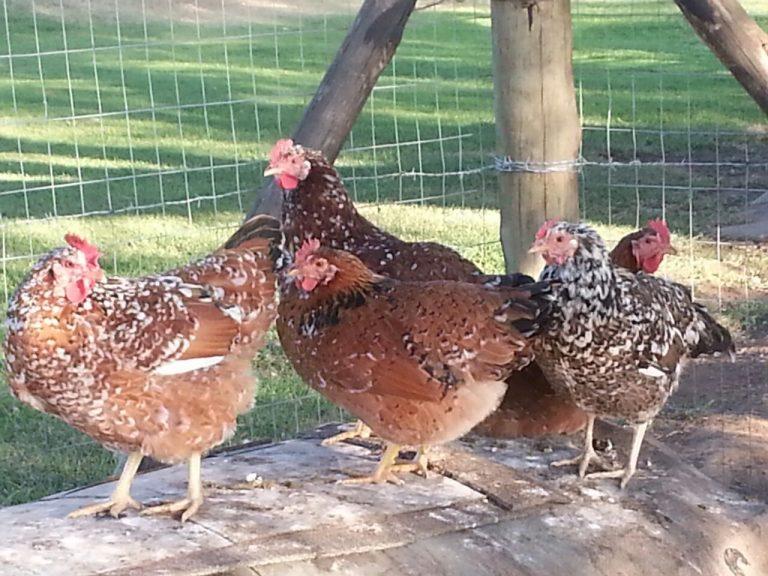
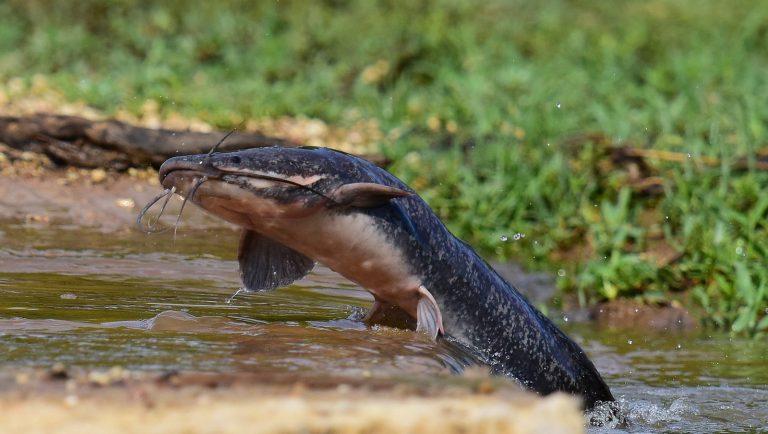
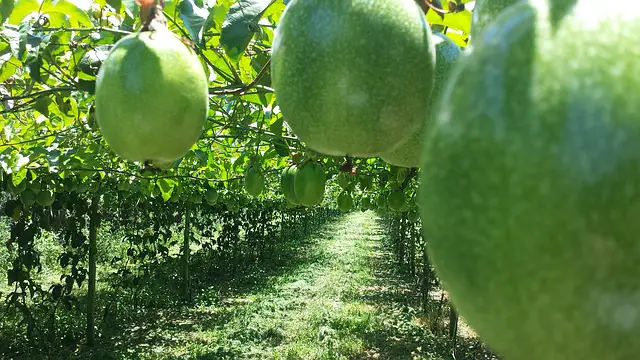
thanks,this is very informative article